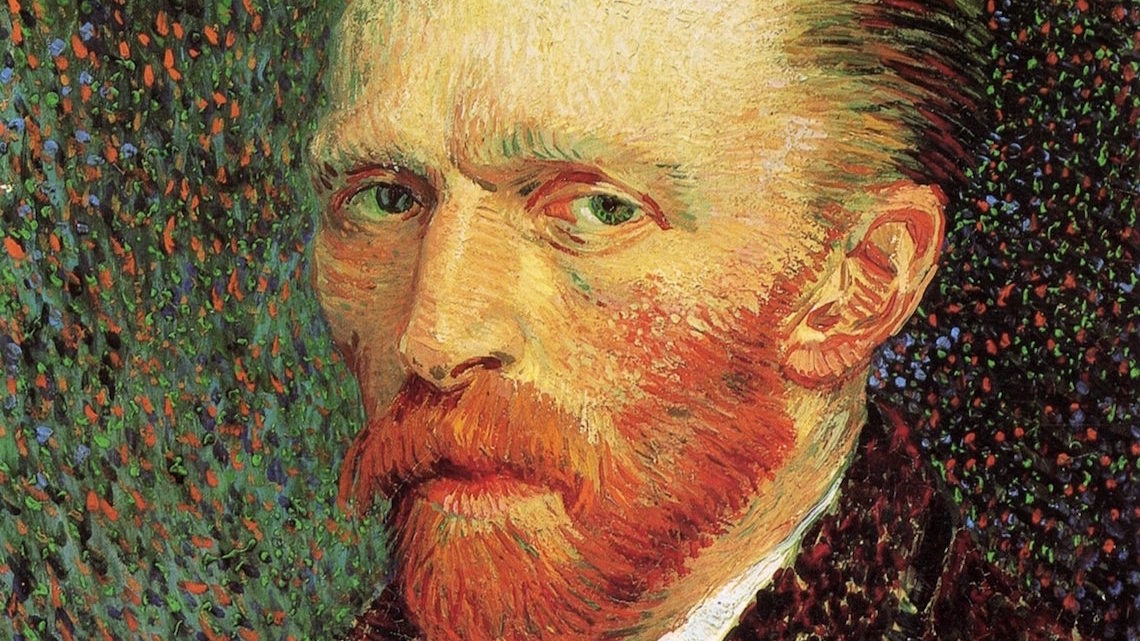Animation history shall be made in the year 2017 as the first fully hand painted animated feature film is released. The film named Loving Vincent is directed by Dorota Kobiela & Hugh Welchman, and starring big names such as Douglas Booth (The Riot Club, Romeo and Juliet), Chris O’Dowd (Bridesmaids, the IT crowd), Saoirse Ronan (The Lovely Bones, Atonement) and many others. It tells the many stories that have been told by many people about the life and suicide of painter Vincent Van Gogh. The artist lived a tragic and lonely life that ended the very same way it seems.

The film is composed of 59,874 frames all composed of oil paintings that reference the work of Vincent Van Gogh. The director and lead creative force on the project, Dorota Kobiela wanted the film to show a deep connection to Van Gogh and his work. Each of the eighty painters on the project are highly skilled oil painters, and used references in order to faithfully convey the techniques and styles of Van Gogh’s work. This would have been a task in itself, as the artist would have to leave behind their own artistic style and follow Van Gogh’s instead. However, not only did they have to do that but also create the movement that is necessary to film yet non-existent in a painting. A film is fluid, a painting is a single moment captured on canvas, a moment frozen in time if you will. The painters needed to overcome this hurdle in order to make the film work.
This was accomplished through the use of actors and green screens. All of the characters and scenes are performed by real actors on sets constructed to take the shape of Van Gogh’s paintings. This live action material was combined with CGI animation for elements like birds or clouds. The design paintings that got the project going in the first place where then added to this as a final layer, giving the live action and CGI animated material the look of Van Gogh’s work on a more basic and less bespoke level. The final images that this combination created was used as reference material for the artists. The artists took these references and painted frame after frame, taking high quality photos of the last frame as reference for the next, along with the other material.

However, creating movement in the medium of painting was not the only hurdle Loving Vincent had to overcome. The creative team where using Gogh’s paintings as references and they come in multiple sizes and orientations, film only has one frame size and orientation. The creative team decided to extend some paintings and cut others. Although, they also used the medium of film to their advantage for some of the paintings. If the painting they were referencing was vertical instead of landscape they could use camera movements, such as a tilt, in order to show the entire painting. This is true of one shot were the film is referencing Van Gogh’s Café Terrace at Night (1888). The creators felt it necessary to include the night sky, however the painting is vertical. So, in order to overcome this the shot starts with the night sky and tilts down towards the café. This way the film uses the whole of the painting, and shows off Gogh’s painting style without needing to compromise with cutting or adding to the painting like in other shots.
This film is a mammoth of a project, and one that many people put down as impossible. The creative team on Loving Vincent have proved all those people wrong and reached a new high in animation. Creating a historic film, that will, I’m sure, be talked about on every animation and film course around the world for a long, long time.
‘Groundbreaking Animation, Loving Vincent’ is an article written by Bethany Crow. You can read more articles written by Bethany on her film and TV blog.

